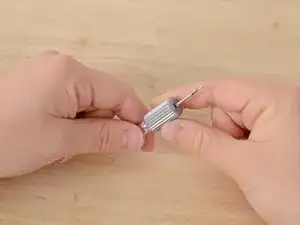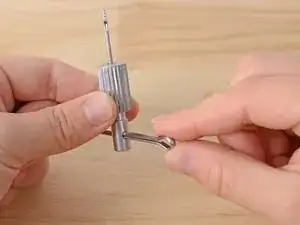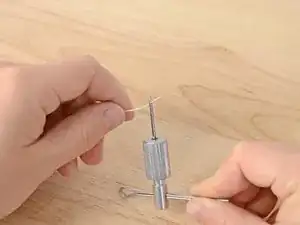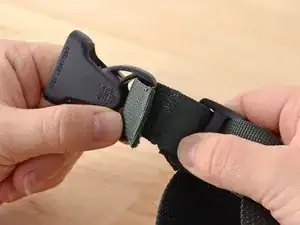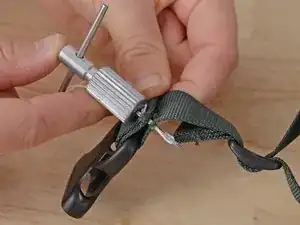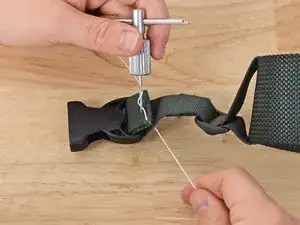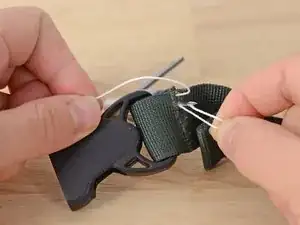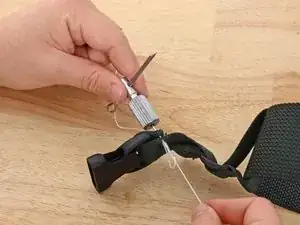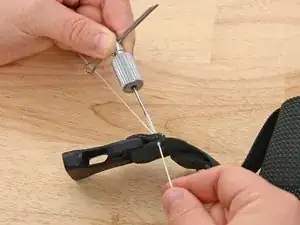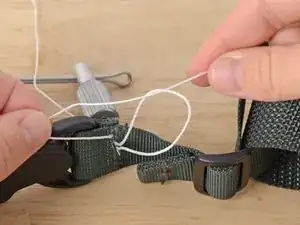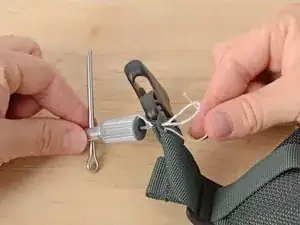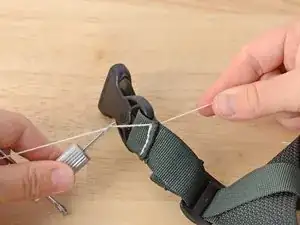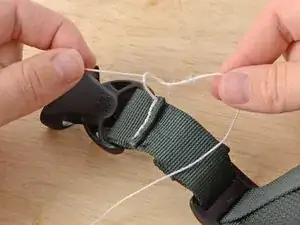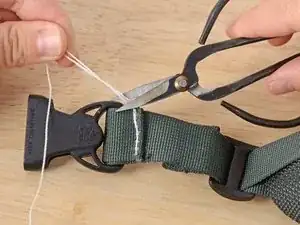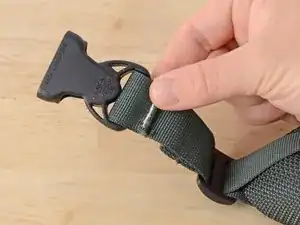Introduction
So you've got your Patagonia Expedition Sewing Kit and you're ready to hit the trail. But before you go, how about getting to know the tools you're taking along on your adventure?
You never know when you're going to need a repair in the rain, at night, at 10,000 feet.
An awl is a tool that allows you to sew through very thick materials. It takes a bit of practice to master, but once you have it down you'll be ready to repair boots, webbing, and packs on the fly.
Tools
Parts
-
-
Insert the needle into the ridged end of the awl, with the eye facing outward.
-
Retighten the awl by holding the smooth end and twisting the ridged end clockwise.
-
Insert the cotter pin into the hole in the smooth end.
-
-
-
Thread the needle with very thick thread.
-
Align your material. In this case we are resewing the webbing holding a buckle in place.
-
-
-
Pull the short end of the thread through the material, so that it dangles free on the other side of the material.
-
-
-
While holding on to the short, free end of the thread, carefully pull the awl back through the material.
-
Continue holding the short, free thread, and puncture the material again a short distance away, moving along the material you are sewing.
-
-
-
Pull the thread from the eye of the needle, creating a loop.
-
Put the short, free end of the thread through the loop you just created in the thread.
-
-
-
Holding the short, free end of the thread taught, pull the awl back out through the material.
-
Pull both ends of the thread taught.
-
-
-
Continue reinserting the awl, creating a loop of thread from the eye of the needle, threading the short, free end, and removing the awl to create your stitches.
-
-
-
When you come to the end of your material, take one last stitch.
-
Clip the end of the thread that runs through the needle, leaving enough length to tie a couple of knots.
-
Remove the awl.
-
-
-
Tie an overhand knot with the two ends of the thread.
-
Pull taught.
-
Tie another knot or two to secure the stitching.
-



